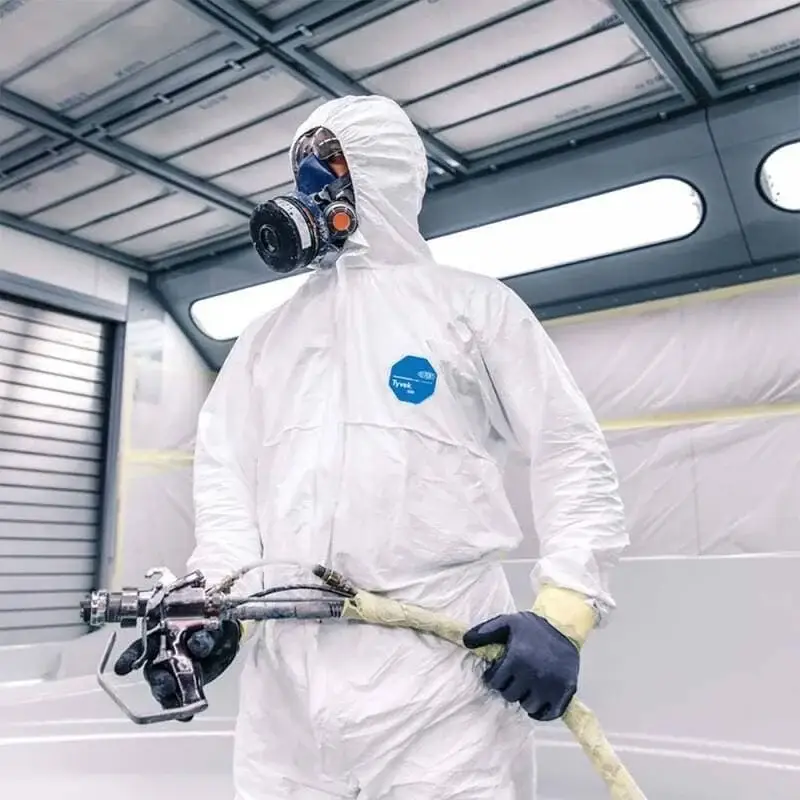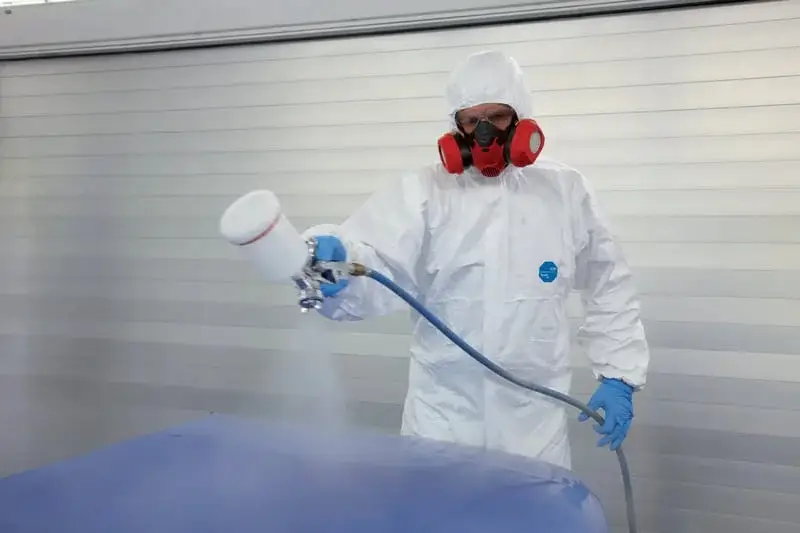In the realm of healthcare, particularly within the high-stakes environment of the operating room (OR), maintaining sterility is paramount. Surgical site infections (SSIs) can significantly impact patient recovery, extending hospital stays, increasing medical costs, and even leading to severe complications or fatalities. One of the foundational elements in upholding a sterile environment is proper surgical gowning. Surgical gowns act as a critical barrier, protecting patients and healthcare providers from potential contaminants. Ensuring every team member follows
Table of Contents
precise gowning protocols diminishes the risk of introducing infectious agents into the surgical field, fostering a safer and more controlled operating environment.
This article will delve into various aspects of properly donning surgical gown, elucidating its significance and best practices. It also aims to equip surgical professionals with the knowledge and skills necessary to uphold the highest standards of sterility in the OR.
What is Surgical Gowning
Surgical gowning is more than just wearing a gown. It’s a critical step in creating a sterile environment in the operating room. Why is it so important? Because it directly impacts patient safety.
Surgical gowning refers to the meticulous process of putting on sterile surgical attire. This includes, most importantly, the surgical gown itself. It’s not just a piece of clothing—it’s a fortress against infections. Picture this: you’re suiting up for battle. This gown is your armor, you need it to protect both you and the patient.
Now, you might wonder, what’s the big deal? The main goal of surgical gowning is to create a sterile barrier. This barrier prevents the transfer of microorganisms, body fluids, and particulate matter between the surgical team and the patient. Imagine how catastrophic it would be if germs were allowed to run amok in the operating room!
By keeping everything sterile, surgical gowning helps ensure that surgeries are safe. It’s like a bouncer at a club, only letting the good guys (sterile instruments) inside while keeping out the troublemakers (germs and bacteria).
How To Wear A Surgical Gown
Preparation for surgical gowning
- Wear a Surgical Cap & Mask: Secure the surgical cap and surgical mask properly, ensuring all hair is covered and the mask fits snugly over the nose and mouth.
- Cleanliness: Ensure the gowning area is free from contaminants and all necessary sterile supplies are ready. Verify the sterility of the instrument table and all items on it.
- Check Packaging & Expiry Dates: Verify the integrity and expiry dates of the sterile packaging for gowns, gloves, and other tools before use to ensure sterility is maintained.
- Antiseptic Hand Wash: Perform a surgical hand scrub according to the facility’s protocol, which usually involves scrubbing with an antiseptic solution for a specified duration.
- Hand Sterilisation: Follow the surgical scrub protocol strictly, ensuring all parts of the hands and forearms are adequately scrubbed and sterilized.
Dry with a Sterile Towel: Use a sterile towel to thoroughly dry hands and forearms, ensuring no moisture remains.
So there you have it, the essential steps to effective surgical gowning. Neglect any of these, and you’re not just putting yourself at risk, but also every patient that walks through the door. Stay sharp, stay clean, and always stay safe.
A Brief Guide to Surgical Gowning
When it comes to practicing safe and sterile procedures in the operating room, donning surgical gown is essential. Let’s break it down step-by-step to ensure you’re doing it right.
1. Opening the Sterile Gown Package
First and foremost, open the sterile surgical gown package with surgical precision. Literally. Always adhere to the principles of asepsis to avoid any contamination.
2. Picking Up the Gown
Next, carefully pick up the gown by holding it from the inside. Let the gown unfold naturally, and whatever you do, avoid touching any non-sterile surfaces. Here’s a quick tip: Move slowly and deliberately to maintain control and avoid accidental contact with non-sterile items.
3. Inserting Arms into Sleeves
Once you’re ready, insert your arms into the sleeves of the gown. Be extra cautious here! Ensure the gown doesn’t come into contact with your body below the waist. It could easily pick up contaminants from your scrubs.
4. Adjusting with an Assistant
Have an assistant help you adjust the gown over your shoulders. The critical part? They must not touch the sterile outer part of the gown. This is often referred to as “sterile to sterile” contact.
5. How to tie a surgical gown?
- The assistant arranges any ties or velcro fasteners at the surgeon’s neck and upper back.

surgical gown collar- ties&velcro - The assistant ties the inner belt of the gown at the waist level.
- After the surgeon has donned gloves, they grasp the belt card with both hands. Separate the left outer belt from the belt card and keep it in the left hand. Hand the belt card to the assistant.
- The surgeon makes a three-quarter turn to the left while the assistant extends the outer belt to its full length.
- The surgeon retrieves the outer belt by pulling it out of the belt card held by the assistant.
- The surgeon ties the two outer belts together on the left-hand side of their body, forming a bow at waist level.
- This final tie secures the gown closed and completes the gowning process.
How to Remove a Surgical Gown
Properly removing a surgical gown, also known as doffing, is crucial to prevent contamination. Here are the steps to safely remove a surgical gown:
1. Initial Preparation:
Confirm that gloves are still on before starting the gown removal to prevent contamination.
2. Untie the Gown:
Untie the front waist ties of the gown. Have an unscrubbed assistant untie the neck and inside waist ties, if available. The unscrubbed assistant should only touch the ties, avoiding contact with the gown itself to prevent contamination.
If the surgical gown is disposable, then it is even simpler, just break the ties.
3. Remove the Gown:
- Grasp the gown at the shoulders and pull it forward and down over the arms and gloved hands.
- While removing the gown, roll it inside out into a bundle, touching only the inside of the gown with gloved hands.
4. Remove Gloves:
- Peel off the gloves as the gown is being removed, touching only the inside of the gloves and gown with bare hands.
- If the gloves do not come off with the gown, use the glove-to-glove, skin-to-skin technique to remove the gloves.
5. Disposal:
Dispose of the gown and gloves in the designated containers immediately after removal.
6. Hand Hygiene:
Use proper hand hygiene techniques immediately after gown and glove removal.
Proper surgical gowning is essential for maintaining sterility and preventing infections in the operating room. Following the correct steps to wear, tie, and remove a surgical gown ensures the safety of both patients and healthcare providers. At Morntrip, we specialize in manufacturing high-quality surgical gowns that meet stringent safety standards. For reliable, customizable surgical gowns, partner with us. Email us (info@morntrip.com) today to learn more about our medical supplies and custom services.






